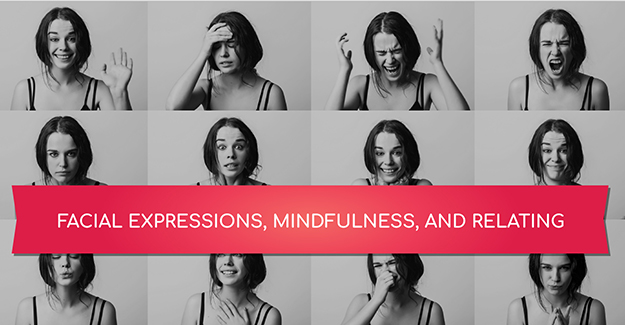
Dr. Paul Ekman devoted his life to the study of facial expressions and emotions. He was a professor at the University of San Francisco from 1971 to 2004.
Over the course of his career, he conducted many studies on facial expressions. In one of his most famous studies that occurred in the 1960’s, he traveled to New Guinea to study facial expressions of tribal people that were isolated from civilization.
He described 7 universal emotions/facial expressions:
- Happiness
- Sadness
- Anger
- Surprise
- Disgust
- Fear
- Contempt
So, what is the benefit of reading body language? This definitely assists with communication. While reading body language, a person has their attention directed toward the other person. This creates a mindful connection for the encounter — no matter the context — whether it is participating in a negotiation, meeting someone for the first time, or connecting with a close friend.
Reading people allows us to adjust our communication to the context of the situation. Perhaps there are clues that the person is angry, confused, or afraid.
Dr. Ekman also discovered that the connection between facial expression and emotion is a two-way street. People can evoke an emotion by forming the face in the expression of that emotion. In DBT, this concept is relayed through skills such as “half-smile” and “willing hands.” In these skills, we purposely place our bodies in a posture that induces a feeling of contentment or openness.